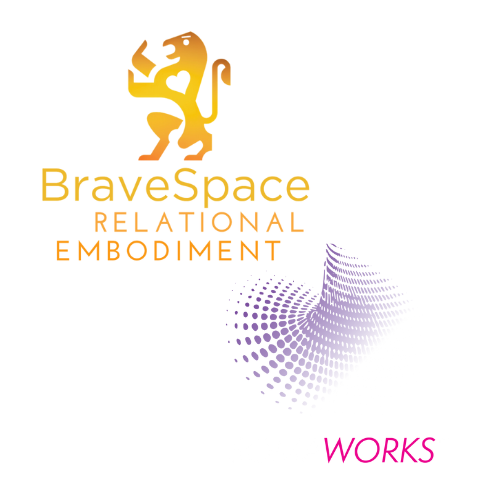The Somatic Axis
Ecstatic Dances and Movement Therapy oppose each other on an intriguing axis.
On the ecstatic end of the axis there’s…ecstasy.
On the therapeutic end there’s a motivating pain—a problem asking to be addressed.
Indeed, each of these situations exist:
I work with clients with whom I resolve dysfunction, and dancers with whom I share ecstatic experiences.
The converse is also true:
There are often ecstatic moments in therapy and pained dances/dancers.
So what exactly is the axis?
I consider it to be Somatics—a discipline I see as Moving to Feel.
Move and be moved.
You don’t need to be ecstatic to do ecstatic dance.
You don’t have to be in pain to benefit from movement therapy.
